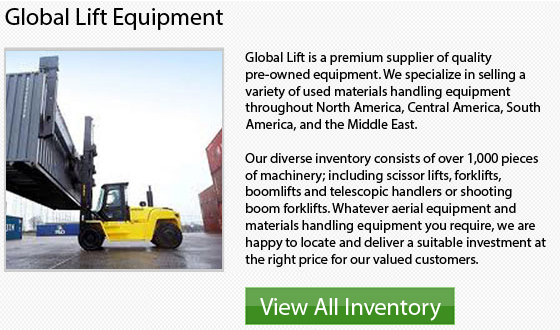
Rough Terrain Forklift Safety
Designed for construction locations, where supplies must be moved on surfaces that are not paved are rough terrain forklifts. The correct and safe use of rough terrain forklifts is very vital to be able to guarantee the wellbeing of both the operator and other personnel at the work location.
Terrain
These trucks are built for rough terrain, but care should still be taken in order to avoid tip overs. The forklift is top heavy and when lifting, should only be operated on level ground.
Speed
Even if there are no Occupational Safety and Health Administration regulations governing forklift speed restrictions, forklift drivers must drive at a safe speed at all times. Driving on uneven or rough terrain needs even more caution. Steering, particularly, could be very risky at higher speeds.
Incline
When you are operating on a slope, you should keep the load on the machine's uphill side. The rule of thumb is drive up, and back down. Do not attempt to lift a load while operating on an inclined surface. The change in the center of gravity can cause the equipment to tip over.
Safety Devices
Like any driver, forklift operators are obliged to put on seat belts. Check that the overhead guard is securely in position. Depending on the working surroundings, hearing and eye protection might need to be worn. Check that a functioning fire extinguisher is mounted on the forklift.
Weather
Climate can affect forklift operating conditions. Speed, turning and load handling might need to be adjusted to guarantee safety when operating a forklift in snow, ice or rain.